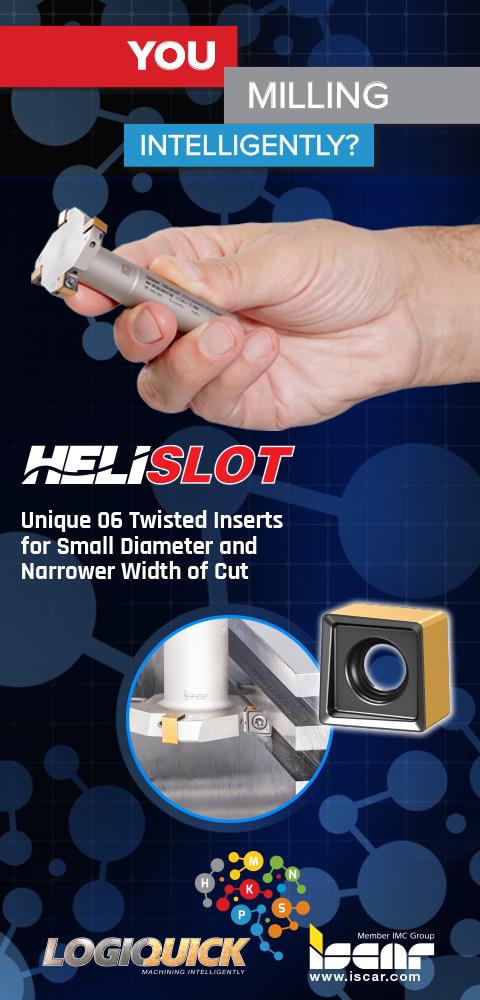








PSB-20 Series Grippers
February 1, 2014
Bilsing Automation North America's PSB-20 series grippers are designed to meet a wide range of applications. The PSB-20 has a small, flat design intended to decrease collision risk and reduce weight to achieve increased stroke rates. High clamping force and a self-locking feature offer higher production safety. These pneumatic grippers also offer the benefit of bi-parting parallel jaws.
"We have designed the PSB-20 series in a range of configurations - all with a slim profile, yet a clamping strength that allows it to become our standard offering," said Ben Pauzus, General Manager of Bilsing Automation N.A. "Overall, the design of the PSB-20 series is sleek, lightweight and durable - having been tested to 1,000,000 strokes."
The PSB-20 series grippers are manufactured from high strength aluminum and can reach 80 strokes per minute. Air consumption is 6 bar/double stroke: <0.1dm3.
This series is available in fixed jaw, block jaw and L-versions, all with either two clamping pins or thin versions with one clamping pin. Depending upon the configuration, both jaws can be dynamic. All styles can be ordered with or without the self-locking feature. Grippers with this feature achieve 800 N clamping force and those without can reach 480 N clamp force.
Various connection choices are also available including lateral ball, lateral pin, back ball connection or STS-tube connection in the back. The PSB-20 series is also available in a part placement sensor version.
For more information contact:
Bilsing Automation - North America
20100 Cornillie Drive
Roseville, MI 48066
586-463-0686
info.na@bilsing-automation.com
www.bilsing-automation.com
< back